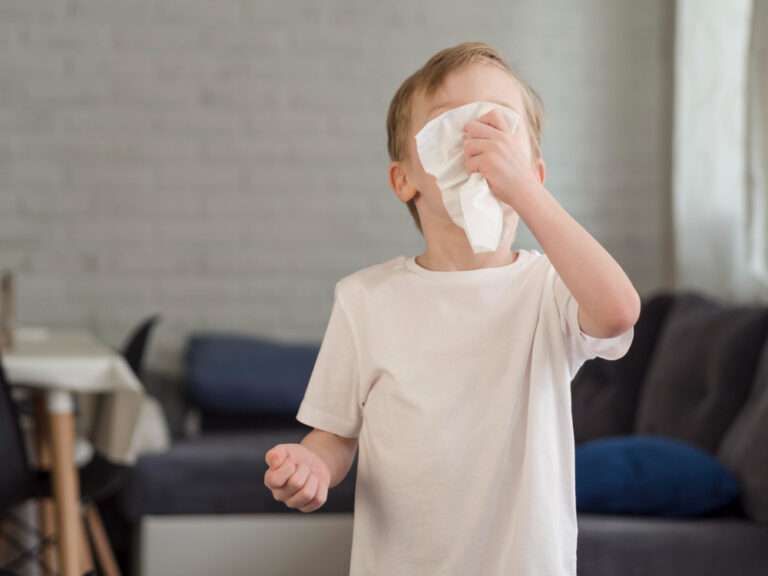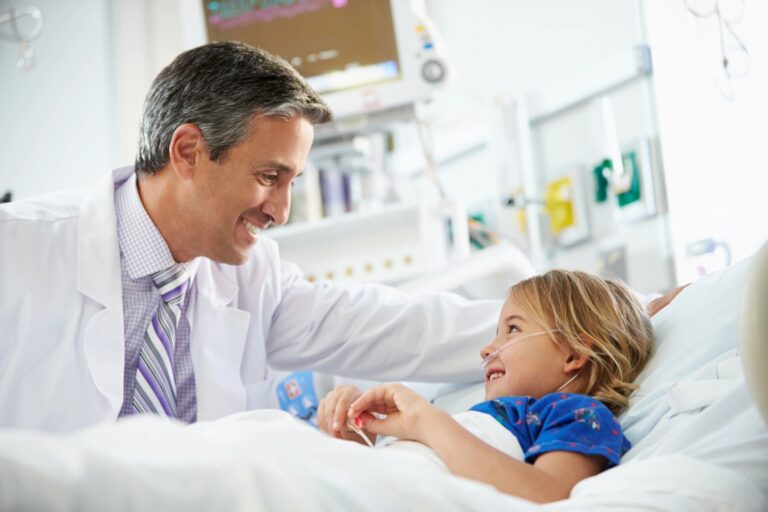Malaria in children
Malaria is a serious and potentially life-threatening disease caused by parasites transmitted to humans through the bite of infected female Anopheles mosquitoes. Children, especially those under the age of five, are particularly vulnerable to malaria. Here are key points to understand about malaria in children:
Geographic Distribution:
- Malaria is prevalent in many tropical and subtropical regions, primarily in sub-Saharan Africa, Southeast Asia, and parts of South America.
- Children living in or traveling to malaria-endemic areas are at risk of infection.
Types of Malaria:
- There are several species of the malaria parasite, with Plasmodium falciparum being the most severe and deadly type, particularly in young children.
- Other common species include Plasmodium vivax, Plasmodium ovale, and Plasmodium malariae.
Symptoms:
- Malaria symptoms can vary in severity and may include:
- High fever.
- Chills and sweats.
- Headache.
- Fatigue.
- Muscle aches.
- Nausea and vomiting.
- Anemia.
- Severe malaria can lead to complications such as seizures, organ failure, and death.
Diagnosis:
- Malaria diagnosis is typically done through blood tests, such as microscopy or rapid diagnostic tests (RDTs), to detect the presence of the malaria parasite in the blood.
Treatment:
- Prompt and effective treatment is crucial for children with malaria.
- Artemisinin-based combination therapies (ACTs) are the recommended first-line treatment for uncomplicated malaria.
- Severe malaria requires hospitalization and treatment with intravenous (IV) medications.
Prevention:
- Preventive measures include:
- Sleeping under insecticide-treated bed nets (ITNs).
- Taking antimalarial drugs as prescribed, such as intermittent preventive treatment for infants and children in endemic areas.
- Reducing exposure to mosquito bites through the use of insect repellent and appropriate clothing.
- Indoor residual spraying (IRS) to reduce mosquito populations.
Immunity:
- Children living in endemic areas can develop some level of immunity to malaria over time, but they remain vulnerable to severe infections, especially at a young age.
Pregnancy and Childhood Malaria:
- Malaria during pregnancy can lead to complications for both the mother and the unborn child, including low birth weight and prematurity.
- Children born to mothers with malaria are also at increased risk of infection in the first few months of life.
- Efforts are ongoing to develop and distribute a malaria vaccine to reduce the burden of malaria in children.
Preventing and managing malaria in children requires a multi-faceted approach, including mosquito control measures, preventive medications, and timely diagnosis and treatment. Parents and caregivers in malaria-endemic regions should be vigilant about recognizing the symptoms of malaria and seeking medical care promptly if their child becomes ill. Additionally, vaccination efforts and continued research are essential to reducing the impact of malaria on children’s health.
------------From our Sponsors------------









